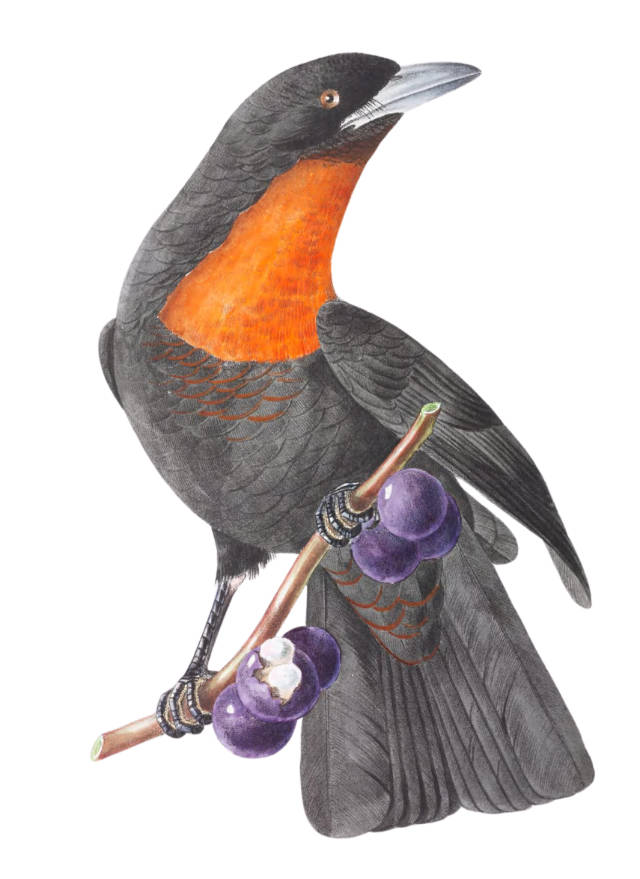Plants play a crucial role in the ecosystem, contributing to the aesthetic value of our landscapes and supporting a wide variety of wildlife. When we understand how different plants benefit animals, we can make more informed decisions about what to grow to create a wildlife-friendly environment. This guide explains how plants support wildlife and offers practical tips on planting for biodiversity.
Understanding Wildlife Preferences
Several factors shape wildlife preferences for certain plants:
- Nutritional Value: Animals require specific nutrients for survival. Plants that provide essential nutrients, like protein in clover and alfalfa for deer, are highly preferred.
- Palatability: Plants’ taste and texture can attract or deter animals. For example, bears might be drawn to sweet berries, while bitter-tasting plants might repel herbivores.
- Availability: Wildlife often favours abundant or easy-to-access plants. Birds, for instance, are attracted to fruit-bearing trees like apples or cherries during fruiting seasons.
- Habitat Structure: The arrangement of plant life can offer crucial shelter and nesting sites. Dense shrubs and tall grasses provide cover and protection for various species.
- Ecological Interactions: The relationships between plants and animals, like pollination or seed dispersal, are vital. Bees and butterflies, for instance, are attracted to nectar-rich flowers.
- Seasonal Variation: Wildlife preferences can also change with the seasons, depending on the availability of different food sources and their specific needs during migration or breeding periods.

Planting for Wildlife
Creating a garden that caters to the needs of wildlife involves several strategic steps:
- Select Native Plants: Use plants native to your area as they are adapted to the local climate and soil and provide the best support for local wildlife.
- Create Diversity: Incorporate a variety of plants, including trees, shrubs, and flowers, to create a multi-layered habitat that caters to different wildlife needs across seasons.
- Plant for Seasonal Interest: Ensure your garden has plants flowering at different times of the year to provide continuous food sources like nectar, pollen, and seeds.
- Provide Food Sources: Include plants that produce berries, nuts, and fruits, vital food sources for birds, mammals, and insects.
- Create Shelter and Nesting Sites: Features like dense shrubs and evergreens offer essential protection and nesting spots for wildlife.
- Provide Water: Adding a water feature, like a birdbath or a small pond, can attract a variety of wildlife by offering them necessary hydration spots.
- Minimize Chemical Use: Avoid pesticides and synthetic fertilizers, which can harm wildlife. Opt for natural pest control methods and organic gardening practices to maintain a safe habitat.
- Install Wildlife-Friendly Structures: Birdhouses, bat boxes, and insect hotels can enhance your garden’s appeal to different species.
- Maintain Habitat Connectivity: Ensure your garden is a corridor connecting to more significant natural habitats, helping wildlife navigate urban or suburban areas.
- Educate and Advocate: Spread the word about the benefits of wildlife-friendly gardening practices. Encourage others to participate in conservation efforts and share the joy and benefits of a biodiverse garden.
Avibase – The World Bird Database
Conclusion
By understanding the intricate relationship between plants and wildlife and by taking active steps to foster a diverse and sustainable garden, students can contribute significantly to local biodiversity. This benefits our planet and provides a richer, more vibrant natural world. Encourage your friends and community to join in and watch as your collective efforts help the local ecosystem.
You may also be interested in What is Sustainable Agriculture?
